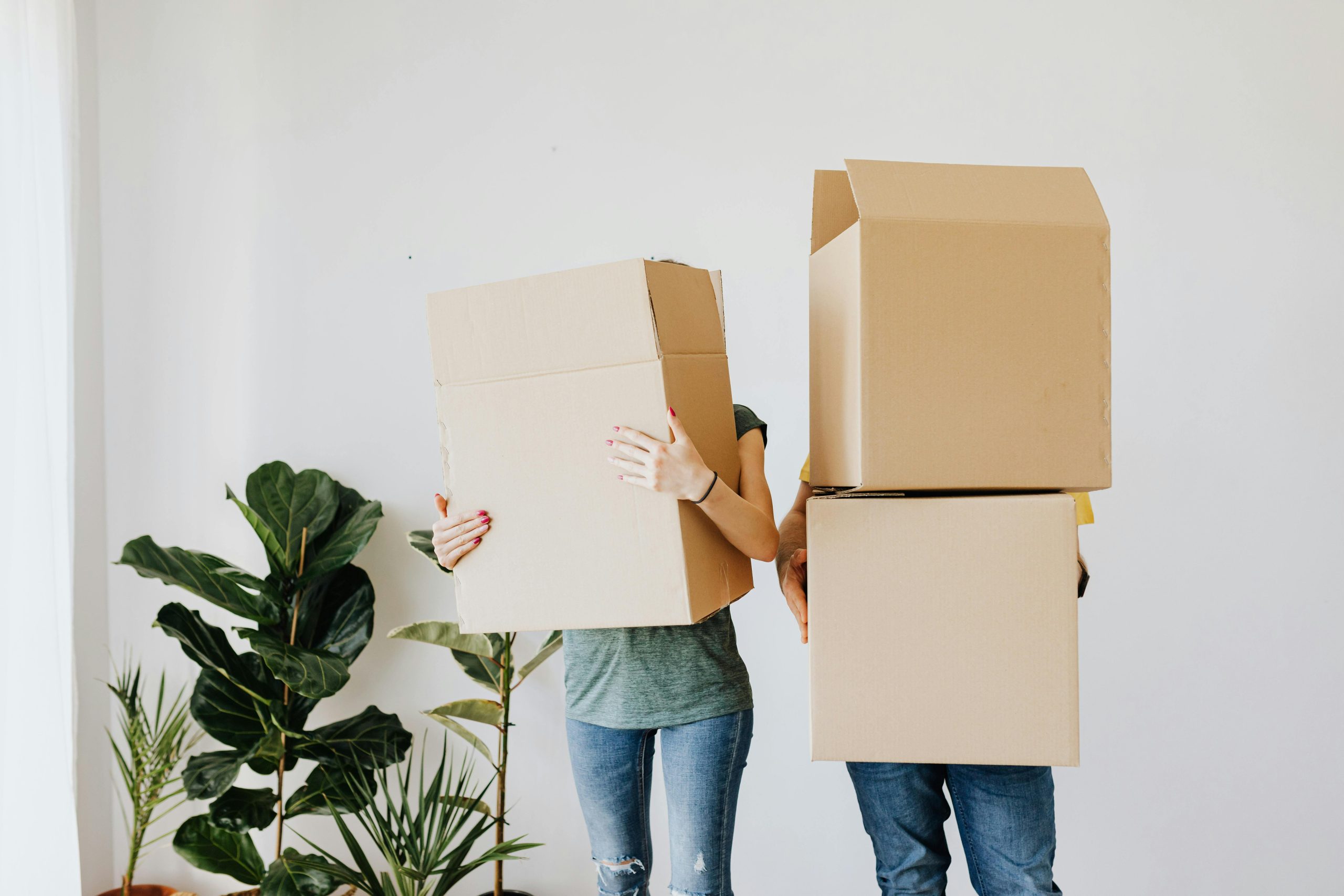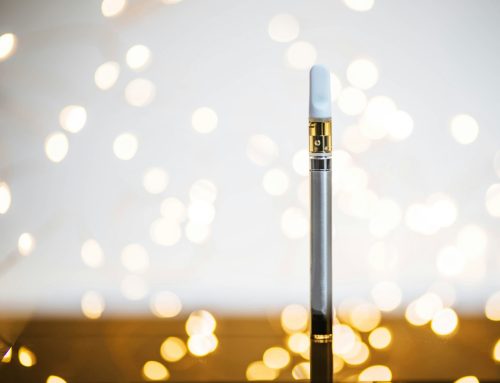While moving, it is important to transport all your belongings in one piece. Usually all things go into boxes which are filled following the unwritten packing rules: use cushioning, don’t overfill, label everything. But some items need more attention.
Belongings that can break, crack, or become damaged easily, are considered fragile items. These typically include glassware, mirrors, dishes, electronics, artwork, lamps, and antiques. Asking your movers https://bestmovescalgary.ca/ for help and additional insurance, you can ensure that your grandmother’s vase or your computer for work will get to your new place undamaged.
It’s essential to understand that different types of items—like antiques, electronics, and glassware—require specific handling and packing techniques to ensure they remain safe and intact. Let’s break this down for each type of item.
Antiques
Antiques often have delicate finishes, ornate details, or vintage materials that require extra care. Use acid-free tissue paper or soft cloths to wrap each piece to prevent scratches. For wooden antiques, avoid materials that might trap moisture, as it could damage the finish. While packing antiques, pad corners, edges, and any protruding parts carefully, using foam, bubble wrap, or cardboard corner protectors. Place small antiques in double-walled boxes for extra protection, filling gaps with packing peanuts or foam.
Mark these boxes with detailed labels, including handling instructions, and consider purchasing insurance coverage specifically for high-value antiques.
Electronics
Before packing, remove any detachable parts, like batteries, cords, or cartridges, and secure them in labeled bags to avoid damage or misplacement. For delicate screens (on TVs, monitors, etc.), use a screen protector or place a soft cloth over the screen before wrapping. Electronics are sensitive to temperature changes, so store and transport them in climate-controlled environments whenever possible.
If you still have the original boxes and protective materials, use them, as they’re designed specifically for the item. Otherwise, choose appropriately-sized, sturdy boxes. Place electronics in boxes lined with bubble wrap or foam and fill empty spaces with packing peanuts. Avoid tight spaces to prevent pressure on sensitive parts.
Glassware and dishes
Wrap each glass or dish in several layers of packing paper or bubble wrap to cushion against shocks. Use tape to secure the wrap if needed, but avoid sticking it directly on the glass.
For plates, place them vertically in boxes as they’re less likely to break this way. Use cardboard dividers for glasses and mugs to prevent them from knocking against each other. For boxes containing multiple layers of glassware or dishes, add padding between each layer.
Enhance the protection of your fragile items by following these packing methods and have a smooth travel on your moving day.








Leave A Comment